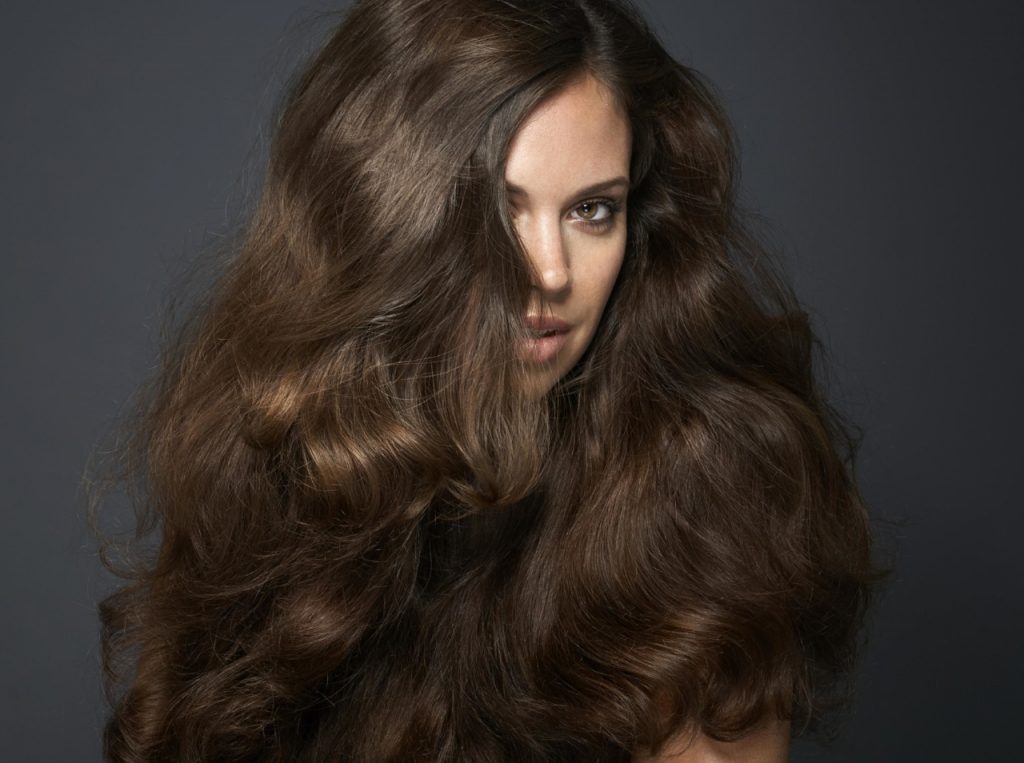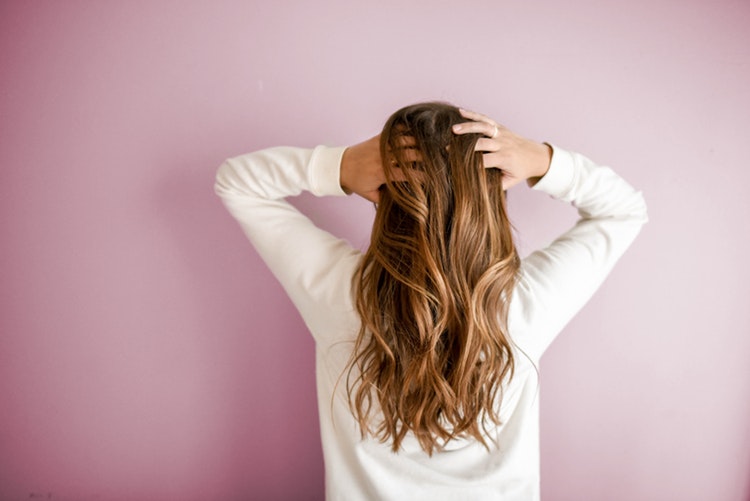Make your hair look thicker and fuller is not as difficult as it may seem at first glance. You can add volume to your hair by using simple but very effective tricks from the professionals. Below are the top 5 coloring secrets that will “save” even the thin, sparse and damaged hair.
Matching tones instead of a single color
If your hair lacks volume, avoid monochrome coloring, – warn the stylists. First of all, this applies to those girls and women who do not visit the salon too often to “revive” the color, to restore its intensity. Faded, washed-out shades are harmful for sparse hair. It is better to choose a combination of several shades. Melting or coloring advantageously distracts attention from areas with sparse hair.
Dark roots and light hair
Coloring your hair so that the roots are darker than the rest of the strands is an effective way to make your hair look fuller. The main thing is to avoid too clear a line between the grown roots and the dyed hair.
The contrast between the colors will not only make your locks look thicker, but it will also add style to your look and accentuate your personality.

Appropriate coloring technique
Using different coloring techniques, you can visually change the thickness of your hair. Choose any color and your hairdresser will help you to create a fashionable multitone effect that will make your hair look fuller. The technique of balayage and coloring with the effect of burnt hair is ideal for fine curls. A good solution for blond-haired beauties!
Choose a color that’s easy to care for
Maintaining color is especially important if you have sparse hair. It’s important to consider your natural color here, and your regrown roots shouldn’t be a great contrast to the rest of your strands. It’s important to keep your hair looking fresh and neat.
The best of nature
The trend for naturalness and naturalness got to the hair. If you don’t like melting or other popular multitone colors, choose the most natural colors. Try to make sure that they practically did not differ from your natural shade, otherwise you may encounter a sharp contrast. And in the case of blondes, blonde roots can appear transparent and even more sparse against the darker coloring.
Choice of color
If the goal of coloring is to give volume to thin strands, you should not choose dark colors. Firstly, they visually make the hair look smoother. Secondly, the grown roots will look like a bald patch, through the sparse hair well see through the skin. Avoid black, brown and similar shades.
The best choice for weak curls are pastel blonde tones. Look flattering warm colors. It is important that they are in harmony with the base – this will create playful shimmers in the hair, to give it visually thick and lush.
Young girls can experiment with bright colors, such as red or copper. But it is better to refuse unnatural colors. Purple, blue, yellow, etc. is not suitable for working with sparse hair.
Techniques
Monochrome coloring is not suitable for sparse and thin curls. To make the hairstyle more groomed and voluminous, you need to choose complex techniques. It is best to combine several shades from the same palette at once. They should be as similar as possible to the base to emphasize its depth.
The stylists do not recommend dyeing the fine hair by yourself, as it is very easy to damage it, and the result may be far from the expected.
Judging by the reviews of the professionals, it is quite difficult to color to visually increase the thickness of the hair. Trust a good hairdresser, who will be able to choose the right colors and techniques for you.
Melting
This is a classic type of coloring, in which individual sections of the hair are treated with different shades. Most often, thin strands are lightened, which helps to create additional volume, makes the hair visually thicker and more relief. However, you can also choose colors that are a little darker than the base, if you are a blonde.
It is very appealing that in the case of melting it is not necessary to repaint completely. Individual areas of the hair can be affected by the dye. If you choose the right shade and thickness of the treated strands, you can change the image dramatically.
Hair will acquire not only a new color, but also thickness, as evidenced by photos of girls who have experienced this method.
Coloring
A technique in which individual strands are treated with several shades at once. They may differ from the base by 2-3 tones, but not more. The use of colors from the same range will allow making smooth transitions, and the hair will beautifully shimmer in the sun, looking more dense and puffy.
An undeniable advantage of the technology is that it allows solving the problem of lack of volume. Also coloring does not require frequent touch-ups, as the growing shades do not strongly stand out against the background of the base.
The only disadvantage of coloring is a high level of complexity. Only an experienced professional should perform the procedure.
